Andrea Anastasio on what to eat, see, and do during the new Edit Napoli fair
An Insider’s Guide to Naples
In honor of the June debut of Edit Napoli, a new design fair championing independent makers, we sat down with inimitable designer Andrea Anastasio for some insider tips on all this amazing city has to offer.
Anastasio has lived in Naples for almost twenty years. Much of his work—a thrilling blend of art and design—feels one part historical artifact and one part supremely au courant, making him a perfect match for a city with a rich historical presence and an exciting contemporary creative scene.
He was kind enough to offer us a real Neapolitan’s advice on what not to miss—both at Edit and in the city—as well as his perspective on why Naples is a perfect fit to host a bold, new design fair. Read on for expert tips on food, off-the-beaten-path highlights, a preview of his own new pieces for Edit, and much, much more.
Anna Carnick: What makes Naples such a special city in your opinion?
Andrea Anastasio: My first perspective on Naples was through the lens of love, as I initially came here in 2000 for a relationship—so, of course, I saw the city through the excited eyes of one in a new relationship. Later on, I realized this was really a place that I could choose for myself. And even now—almost twenty years later—I continue to choose Napoli, for many reasons.
It is the only place I find in Europe that retains that pre-modern, pre-industrial perception of time—despite being perfectly attuned with the rest of the world. It’s a contemporary place to be sure, yet it retains that sense of time and age. It also retains a lot of the gestures of daily life, which are visible throughout the city. They make me feel much inspired.
AC: Which two or three places do you always recommend to guests visiting Naples?
AA: First, visit the National Archaeological Museum and the surrounding Sanitá neighborhood with the Fontanelle Cemetery and the catacombs of Saint Gaudioso. It’s a must.
Second, go to Procida, a small, beautiful island, for a day.
Third, go to Ercolano. Ercolano was much smaller than Pompeii, but the quality of work in the houses was more refined than in Pompeii, and you can still see the Roman house the way it was. It really captures the feeling and dimension of daily life. These are the places I always recommend.
Also, Napoli is very much connected to the sea, and to these three islands in the Gulf of Naples—Procida, Capri, and Ischia. So when I have guests I always take them to the islands. First of all, you can see the city from the sea, from a different perspective, and at the same time, it’s almost like experiencing another neighborhood—an extension of the city. Yet it has its own special quality by virtue of being an island. If you go to some of the other islands, especially in the south, they all have an atmosphere that is very much molded by holiday tourists, but in Procida and Ischia, you can see a real, living island, with beautiful traditions that still have a meaning for the people inhabiting the space.
AC: Where do you go for inspiration inside the city?
AA: It really depends on the mood. Naples is a very demanding place, in the sense that you cannot easily rest here. It really requires that you are present. And I love this about the city. But of course, when I feel the need to be in a much less populated neighborhood, I like to go to the Parco villa Floridiana, a park in the upper part of town. It has a villa and a museum with a beautiful collection of ceramics and an incredible, panoramic view of Napoli. This is definitely one of my favorite places.
Another place I adore is called Pausilypon. You actually have to walk through an almost-kilometer-long Roman tunnel excavated under the hills of Posillipo. Once you reach the other end, you are facing the sea, right in the middle of an archeological area that includes a patrician Roman house with two private theaters where they used to host private performances. For a long time, it was closed, but now it’s open every day and it’s just beautiful. I love that place. I treasure the amazing layering of nature, antiquities, and modern life. There's an alchemy in that combination that feels almost physical. It’s one of my favorite walks.
And then of course I love to simply walk and to eat in the small trattorias—especially in the Spanish Quarter and the Greek section of Napoli.
AC: What is your absolute favorite dish to eat in Naples?
AA: There are so many! But here’s what pops to my mind immediately. You must try the spaghetti sciué sciué, made with olive oil, garlic, and fresh tomatoes—but, importantly, they have to be small round tomatoes from the Vesuvio area, where the soil is so rich in minerals. This is a very basic Neapolitan dish really, but nothing can beat it.
And then I’m quite crazy about polpo all’Ischitana (octopus the Ischia way). It’s a very simple recipe, again with extra virgin olive oil, a bit of garlic, locally grown chilis, and a glass of good white wine—Napoli and Campania have excellent white wine. The wine evaporates in the process while enriching the octopus with a blend of very Mediterranean flavors. And then of course there’s the pizza. It’s really the best place in the world for pizza. It’s just a different thing here.
AC: Why do you think Naples is such an interesting place to launch a new contemporary design fair dedicated to independent makers?
AA: Partly I think it’s a wonderful fit because Napoli is a place that retains continuity with the past, with a centuries-old culture—so it has an understanding of life that implies death. I’m not saying this in the sense of feeling doom and gloom, but rather in the sense of celebrating what is the duration of life. We are human beings; we have a deadline, we are living beings aware of our limited duration and we must cope with that. I think Napoli retains a tragic relationship with life—and I use the word tragic in the Greek, classical sense. Death is always present. You’ll be surprised by the number of skulls you see sculpted into marble and bronze or painted on frescoes and canvases; they’re everywhere here. And the way I see design—as a means to celebrate life and to make the transformational stage we must all ultimately go through a shared insight into its mystery—is inspired by living in Napoli. It gives you a firm understanding of life and its nuances.
And of course it’s also a place with a lot of craftsmanship and inventive ways of dealing with practical problems that surface everyday in the unfolding of life. Napoli has not been gentrified, so you can still see a lot of spontaneity on its streets, and I love that, even if that means plenty of contradictions. The richness of the place is very much nurtured by all the workshops, the small food stalls, the markets, the infinite activities that take place on the streets, and that’s why I consider it perfect for a project like Edit.
Generally speaking, the perception of design is connoted by glam magazines, exclusive goods, cool cities, etc. You immediately think of Milan, London, or Tokyo. But today, now that we are much more aware of the critical issues the planet is facing and the complexities of a globalized world, we need new ideas, new approaches, and a renovated sensibility that could make us more capable of tackling the challenges. That is why I think that a complex and highly layered place like Napoli can give us precious insights into making design a dynamic tool, a contemporary language that can retain ancient wisdom.
I really hope that Edit triggers something, that it serves not just as a window onto what is new in terms of design exhibitions, but that it also offers a dynamic feeling to those who come to attend from abroad as well as to those who live here in the South. I’d love it if the latter could begin to look at this area, their own space in the world, as a dynamic one, where things and ideas can be made and shared and where a cultural debate on what design is today can really take place—rather than as a place where things are always imported from elsewhere.
AC: What are you most looking forward to with the Edit Fair? Are there any particular events you’re especially excited about or that you’d recommend?
AA: I look forward to seeing what the participants have been preparing for exhibition— all of the self-producing authors and design studios. The scale of the fair is perfect for spending adequate time to really understand a project. I also love the fact that Edit will show the results of the interactions of three international designers with the local traditional manufacturing as part of the residencies program.
I also expect insightful moments from attending the round tables that have been planned on the occasion of Edit with curator Marco Petroni.
AC: What are you presenting at Edit?
AA: I am presenting two new, self-produced projects and a series of ceramics by Ceramiche Gatti. The two self-produced projects are a collection of carpets and a small collection of perforated metal lamps. The carpets are the result of manual alteration of industrially produced items. The carpets’ patterns and colors belong to the traditional Kazak craftsmanship, and they are made by machine in Turkey for both domestic and international markets. They are a typical product of a superficial use of technology—to make inexpensive carpets that imitate traditional, handmade ones. Re-utilizing patterns and colors that had an original meaning when they were generated and a direct link with the place and the community that conceived them, transform them into cliché, perfect replicas of unique pieces.
I buy these carpets and then I manually alter them by juxtaposing a new pattern by literally piercing them. The carpets are therefore transformed into a text that speaks about handcraft and industry, tradition and modernity, local and global culture, stereotypes and identity, pre-industrial and post-modern society. The holes are then fixed with copper rings. Their shape is borrowed from upholstery rings used for curtains, while the finish is specifically tailored for the project. They address issues of craftsmanship in a post-industrial civilization while literally documenting a "manu vs machina” approach. The ceramics I have conceived for Bottega Gatti of Faenza rely on the lustro, a special metal finish the Bottega is renown for and on humorous re-editing of the traditional garofano pattern that was ideated in Faenza in XVIII century and that in the XX century has been endlessly repeated to the point of transforming it into a kitsch ceramic cliché. Working with Bottega Gatti is really a privilege, as it is a perfect example of what a devoted lineage of craftsmen can achieve.
AC: Beyond Edit, are there any other new, exciting events or projects taking place in Naples that we should be aware of?
AA: Well, there will be the opening of Painting as a Butterfly, the large retrospective of Pierpaolo Calzolari at MADRE. We are all waiting for that exhibition, which has been curated by Andrea Viliani and Achille Bonito Oliva. It is a wonderful opportunity to go through almost 50 years of works and understand how he has contributed to the contemporary art scene from Arte Povera onward.
At the same time, at the Museum of Capodimonte, there is a great exhibition of Caravaggio in Napoli, which offers the rare opportunity to compare paintings depicting similar subjects executed by Caravaggio as well as artists who directly drew inspiration from his work. In the same museum, there will also be the chance to see small works made with gold and red coral by Jan Fabre. The works are exhibited along with exquisite objects and paintings from the museum collection to generate a nourishing dialogue between the past and the present while stressing a continuity of themes. Napoli has also plenty of commercial art galleries, historical ones like Lia Rumma and Artiaco and younger ones like Fonti; during Edit, the latter will host a beautiful exhibition of Salvatore Emblema.
AC: Thank you, Andrea!
—If you’re lucky enough to be in Naples June 7th-9th, be sure to swing by the fair for design presentations and talks. Details below.
Edit Napoli:
Public Days & Hours: Friday June 7th-9th / 10am-7pm / Free Entrance Location: Vico San Domenico / Maggiore 18, 80134
Napoli Edit Talks Program:
Led by writer and curator Marco Petroni, these talks will enliven Edit with two round tables titled “O’ Cafè” and “Design Kitchen.” Both will use Naples and its rituals—coffee and cooking—as a springboard to debate the discipline of design. “O' Cafe” is an informal conversation between the designer and the public over na' tazzulella e' cafè. In “Design Kitchen,” designers are invited to create an artifact using materials like ingredients of a recipe, with a pinch of instinct and improvisation, as a pretext for a wider conversation.
Location: Complesso San Domenico Maggiore
Schedule:
Friday, June 7th:
O’ CAFÈ / 11:30am-12:30pm / Marco Petroni in conversation with Vittorio Venezia DESIGN KITCHEN / 6:30pm – 7:45pm / with Vittorio Venezia
Saturday, June 8th:
O’ CAFÈ / 11:30am-12:30pm / Marco Petroni in conversation with Martina Muzi DESIGN KITCHEN / 6:30pm – 7:45pm / with Martina Muzi
Sunday, June 9th:
O’ CAFÈ / 11:30am-12:30pm / Marco Petroni in conversation with Simone Rebaudengo + EDIT Napoli Prize Winner announced DESIGN KITCHEN / 3pm – 4:15pm / with Simone Rebaudengo
To learn more, visit editnapoli.com.
-
Text by
-
Anna Carnick
Anna is Pamono’s Managing Editor. Her writing has appeared in several arts and culture publications, and she's edited over 20 books. Anna loves celebrating great artists, and seriously enjoys a good picnic.
-
More to Love
Flamingo Table Lamp by N. Zupanc for Ghidini 1961

Miami Desk by N. Zupanc for Ghidini 1961

Medium Sunset Mirror by N. Zupanc for Ghidini 1961
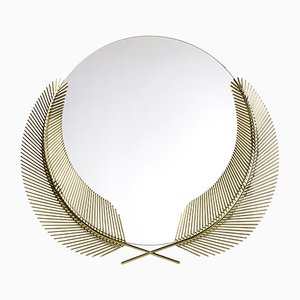
Dusty Rose Love Chair by N. Zupanc for Ghidini 1961
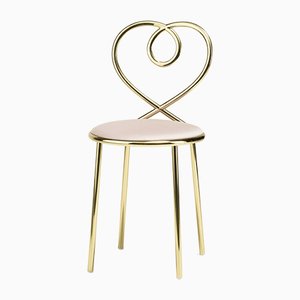
Rubis Love Chair by N. Zupanc for Ghidini 1961
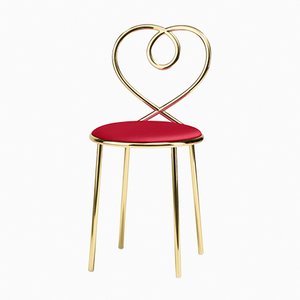
Ottanio Love Chair by N. Zupanc for Ghidini 1961
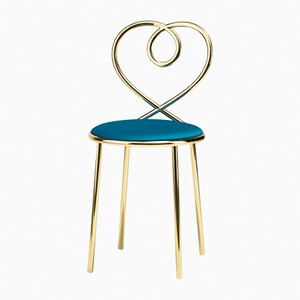
Miami Chair by N. Zupanc for Ghidini 1961

Anis Love Chair by N. Zupanc for Ghidini 1961
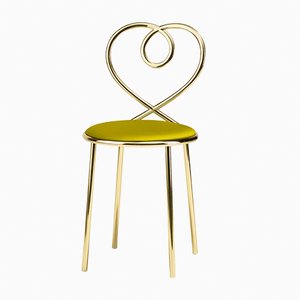
Malachite Love Chair by N. Zupanc for Ghidini 1961
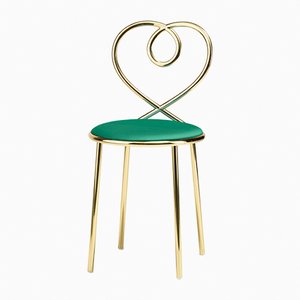
Florida Bowl by N. Zupanc for Ghidini 1961

Small Sunset Mirror by N. Zupanc for Ghidini 1961

Tall Square Vase by Max Lamb for Bitossi, 2017
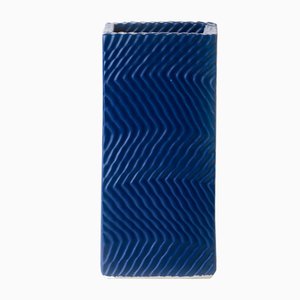
Flamingo Floor Lamp by N. Zupanc for Ghidini 1961
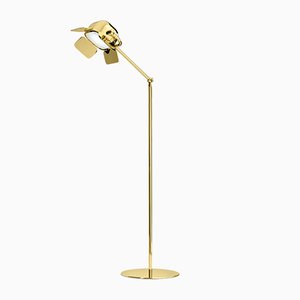
Small Knotted Cherry Box by N. Zupanc for Ghidini 1961
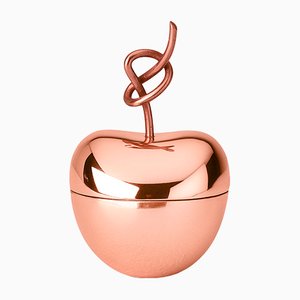
Small Knotted Cherry Box by N. Zupanc for Ghidini 1961

Efesto Glass Sconce by Andrea Anastasio for VeArt, 1990s
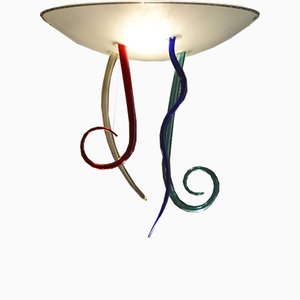
Medium Square Vase by Max Lamb for Bitossi, 2017
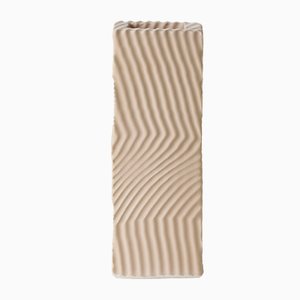
Vase by J. Sowden for Bitossi, 2016
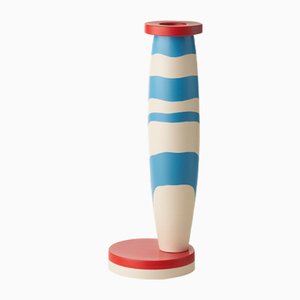
Petroleum Green Brass Vase by Jurgen Bey for Bitossi

Selene Stand in Rosa Portogallo Marble by Elisa Ossino for Paola C.
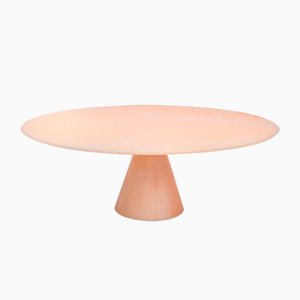
Full Moon Large Copper and Marble Tray by Elisa Ossino for Paola C.

Coppa Half Moon Bowl in Blown Glass and Versilia Marble by Elisa Ossino for Paola C.
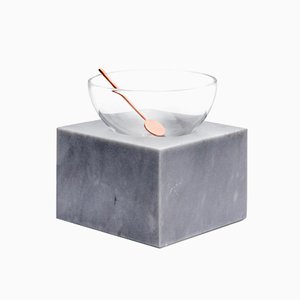
Bordeaux Vase by Dimorestudio for Bitossi
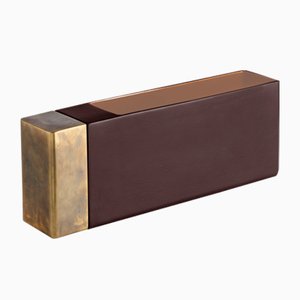
Vase by J. Sowden for Bitossi, 2016

Blue Brass Vase by Dimorestudio for Bitossi
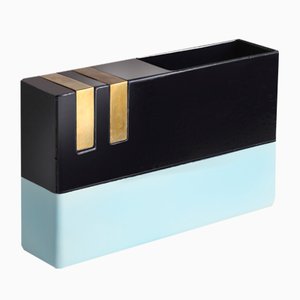
Green, Black, Red & Blue Vase by Nathalie du Pasquier for Bitossi

Violet Torn Vase by Formafantasma for Bitossi
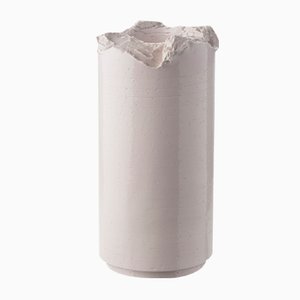
Matt Red Torn Vase by Formafantasma for Bitossi

Small Centro Tribe Centerpiece by Arik Levy George for Bitossi, 2007
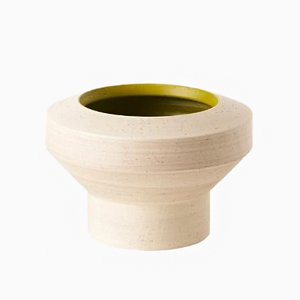
Seams Bottle Vase by Benjamin Hubert for Bitossi, 2014
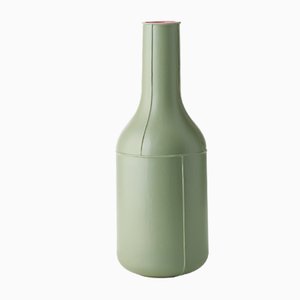
Seams Tub Vase by Benjamin Hubert for Bitossi, 2014
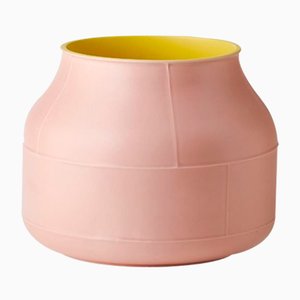
Guadalupe Vase C by Bethan Laura Wood for Bitossi, 2016
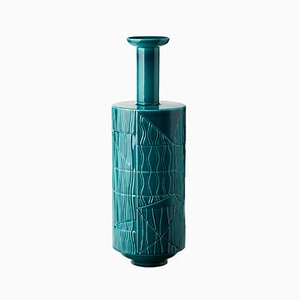
Guadalupe Vase C by Bethan Laura Wood for Bitossi, 2016

Guadalupe Vase C by Bethan Laura Wood for Bitossi, 2016

Vase by J. Sowden for Bitossi, 2016


